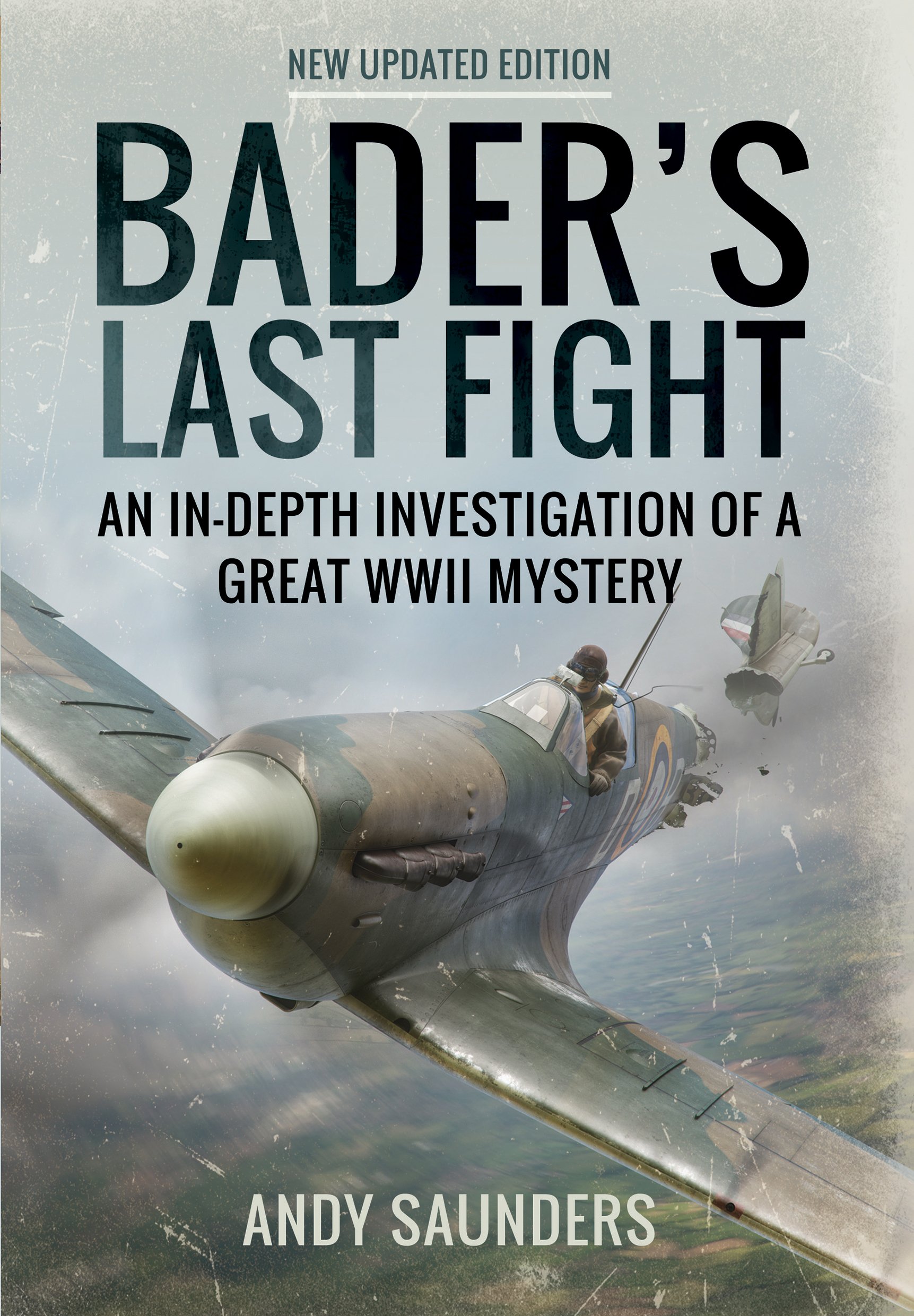In Martin Caidin's book on the P-38, he says a priority delivery of dive brakes for Lightnings was attempted by a C-54 only to have the plane shot down by a Spitfire. I think the first European loss of a P-61 was to a Mosquito and I recently saw that the first Hurricanes shot down in the Battle of France were downed by Spitfires.
anybody have any other such anecdotes?
anybody have any other such anecdotes?

